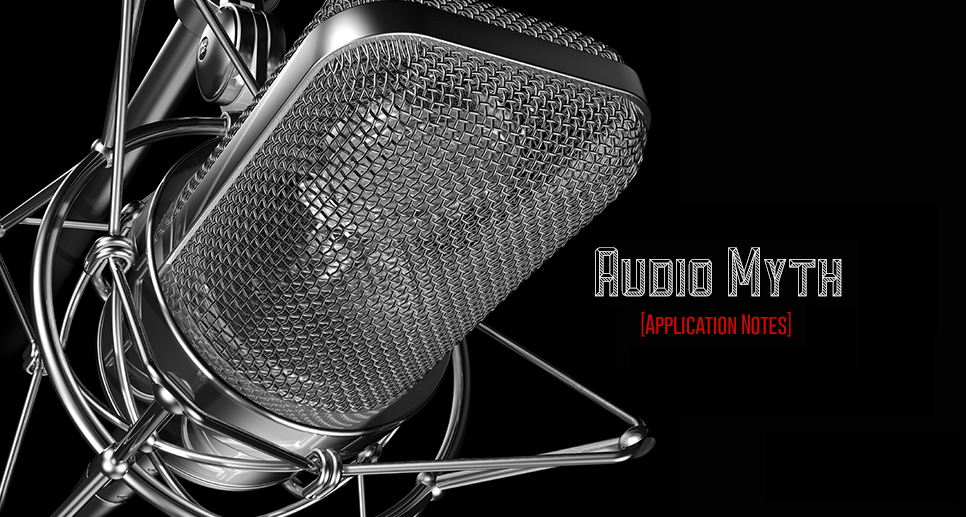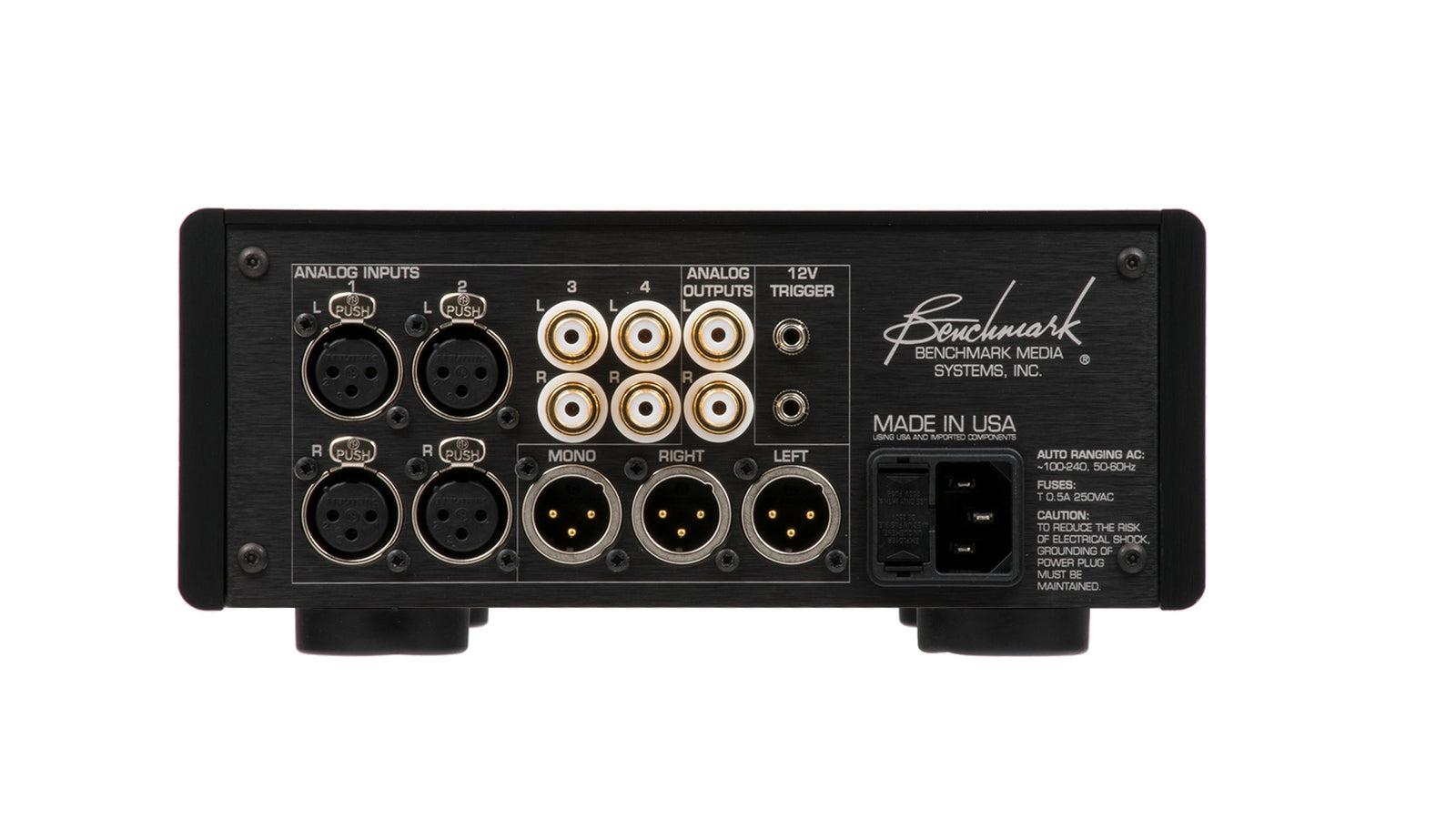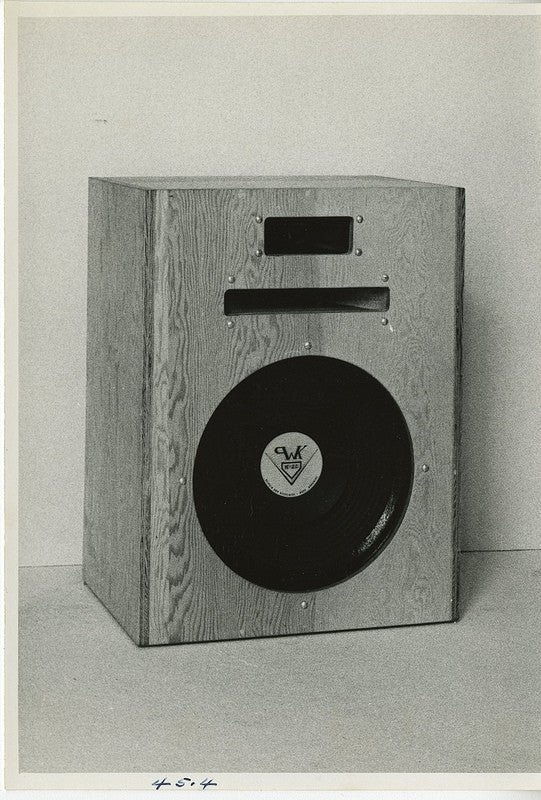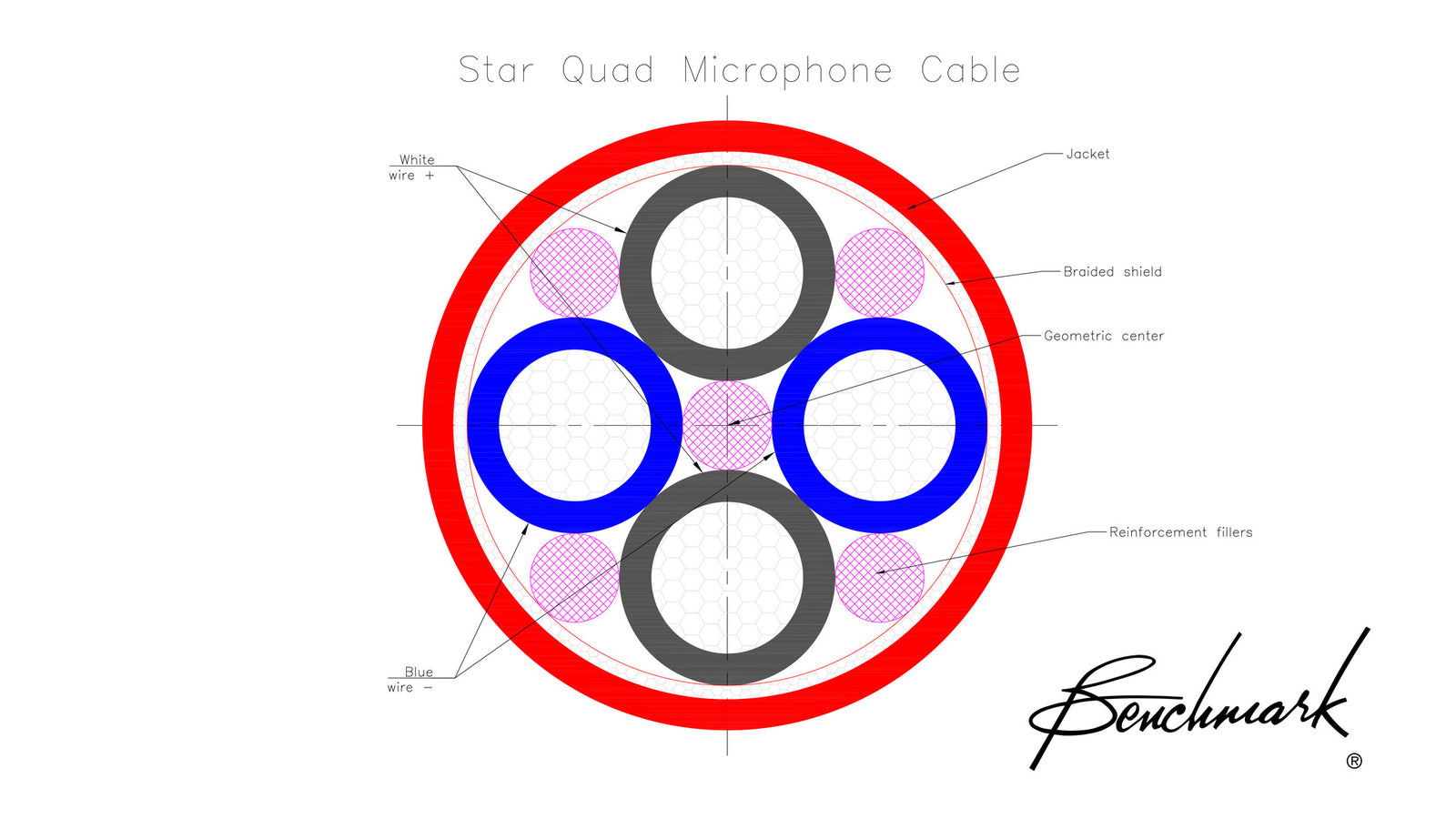Buy one component and save 10% on up to 2 cables. Buy 2 components and get 4 free cables. Free shipping on USA orders over $700. We are closed 1/1/26 and 1/2/26.
Buy one component and save 10% on up to 2 cables. Buy 2 components and get 4 free cables. Free shipping on USA orders over $700. We are closed 1/1/26 and 1/2/26.
Audio Application Notes
Audio Myth - "Damping Factor Isn't Much of a Factor"
by John Siau June 04, 2020
Myth - "Damping Factor Isn't Much of a Factor"
Myth - "A Damping Factor of 10 is High Enough"
Myth - "All Amplifiers Have a High-Enough Damping Factor"
Where did these Myths Originate?
These myths seem to trace back to a well-know paper written by Dick Pierce. His analysis shows that a damping factor of 10 is virtually indistinguishable from a damping factor of 10,000 when it comes to damping the motion of a loudspeaker cone. This analysis has been examined and repeated in many more recent articles, such as a well-written post on Audiofrog.com by Andy Wehmeyer. Articles such as these are often cited as evidence that amplifier damping factor doesn't matter. The mathematical analyses are correct, but the conclusions are incomplete and misleading!
Rules of Thumb for Music and Audio
by John Siau April 01, 2019
As an engineer I like to use "rules of thumb" to make quick estimates that help to explain the physical world around me.
These rules of thumb are easy-to-remember approximations that eliminate the need for complicated and needlessly precise calculations.
If you feel discombobulated by the complexities of high school physics, there is hope! I encourage you to step back and take a fresh approach.
If you learn a few simple rules of thumb, you can unravel mysteries of the physical world, amaze your friends, and yourself.
In this paper I will present 15 simple rules that I find useful when working with music and audio.
- John Siau
Balanced vs. Unbalanced Analog Interfaces
by John Siau April 23, 2018
If you look at the back of any Benchmark product, you will find balanced XLR analog-audio connectors. As a convenience, we also provide unbalanced RCA connectors on many of our products. In all cases, the balanced interfaces will provide better performance.
We build our unbalanced interfaces to the same high standards as our balanced interfaces, but the laws of physics dictate that the balanced interfaces will provide better noise performance.
This application note explains the advantages of balanced interfaces.
- John Siau
Interpreting THD Measurements - Think dB not Percent!
by John Siau November 15, 2017
Distortion measurements (THD, THD+N and IMD) are traditionally expressed in terms of percent. But what do 1%, 0.1%, 0.01% or 0.001% mean in terms of loudness or audibility?
If you are like most people you just know that 0.001% is the best of the three numbers listed above. If you are a well-trained geek you will recognize that each added leading zero represents a 20 dB improvement. 0.01% is 20 dB lower than 0.1% and 40 dB lower than 1%. The well-trained geek will convert % to dB in order to give meaning to these numbers.
When THD is expressed in terms of dB, we can easily determine how loud the distortion will be in our playback system.
Will my audio electronics produce audible distortion?
Will the distortion produced by my audio electronics be inaudible?
- John Siau
Speaker Sensitivity and Amplifier Power
by John Siau April 27, 2017
Speaker sensitivity is a measure of how loud a speaker will play at a given input power or at a given input voltage. Sensitivity is normally measured with a 1 watt power input or a 2.83 Vrms voltage input.
There have been many different speaker designs over the years and there are vast differences in speaker sensitivity. The speakers below have sensitivities ranging from about 85 dB to 109 dB.
- What are the power requirements?
- What are the implications for system noise?
- How loud will each play?
- Do they require different amplifiers?
- John Siau
Audio Myths - The Ultimate "Myth Buster" Video - Monty Montgomery, Xiph.Org
by John Siau March 14, 2017
Digital Show & Tell, Monty Montgomery, Xiph.org
Monty Montgomery takes us into the lab and uses a series of simple demonstrations to bust some very common myths about digital audio. Test your knowledge of digital audio. This video is fun to watch and easy to understand! Monty takes some difficult concepts and demonstrates them in a clear and simple manner.
Have doubts about Nyquist? Have a fear of stairsteps? Are you worried about ringing? Ever wonder what digital audio does to the timing of transients? This video is for you!
Myth - "Digital audio has stairsteps."
Myth - "Increased bit depths reduce the stairsteps."
Myth - "Analog tape has more resolution than digital audio."
Myth - "Dither masks quantization noise."
Myth - "Signals lower than one LSB cannot be reproduced."
Myth - "Digital filters make square waves and impulses ring."
Myth - "Digital systems cannot resolve timing between samples."
The Importance of Star-Quad Microphone Cable
by John Siau February 12, 2016
Eliminate Magnetic Interference with Star-Quad Cable

Studios, live sound venues and homes all have magnetic fields that can cause interference. Magnetic fields are produced whenever current flows through a wire. AC power cables, transformers, power supplies, computers, portable chargers, motors and light dimmers are among the devices that can emit strong magnetic fields. A microphone cable can pick up magnetic interference if it happens to pass near one of these devices. Cables can also pick up magnetic fields when they run adjacent to AC power. Star-quad cables typically reduce this magnetic interference by at least 20 to 30 dB. This is almost always enough to reduce the interference to inaudible levels.
- John Siau
High-Resolution Audio - Sample Rate
by John Siau March 19, 2015
Sample Rate

Digital audio systems take instantaneous snapshots or "samples" of an analog audio signal and then store each of these samples as numeric values. The digital samples can be stored and transmitted without any loss of quality, but these samples must be used to reconstruct an analog signal before we can listen to the audio. The sample rate places very specific limitations ...
- John Siau
High-Resolution Audio - Bit Depth
by John Siau February 24, 2015
Bit Depth

We now have 16-bit CDs and 24-bit high-resolution recordings available to us. What are the advantages of a 24-bit word length? Are 24-bit recordings better? How many bits do we really need?
Bit depth (also known as word length) indicates how many bits are used to represent each sample in a digital sampling system. Each sample is a snapshot of a signal or voltage at an instant in time. The CD uses 16 bits to represent the voltage of an audio waveform at each instant in time. Other digital audio systems use different bit depths ranging from 1 to 64 bits. It is important to understand the relationship between bit depth and audio quality. The bit depth sets ...
- John Siau












